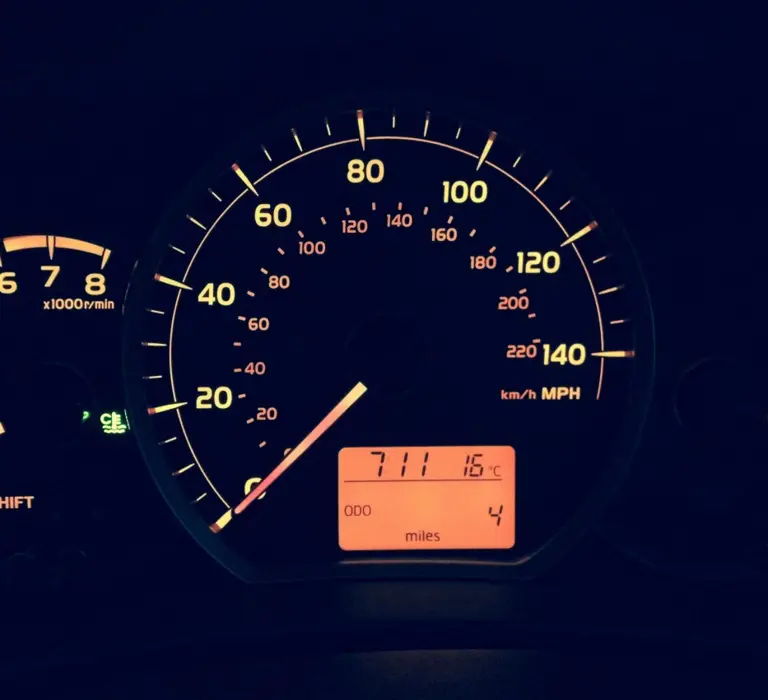What Is Rev Matching?
Rev matching is a driving technique used when downshifting in a manual transmission car. The goal is to match the engine speed (revs) with the wheel speed for the next lower gear. This smooths the transition between gears, prevents jerky movements, and reduces strain on the clutch and drivetrain.
Many performance cars like the Nissan 370Z, Ford Mustang GT, and Hyundai i30N now come with auto rev matching systems that automate this process for smoother gear changes.
How Rev Matching Works
When you downshift, the engine speed needs to increase to match the lower gear. Normally, if you simply press the clutch and change gears without adjusting throttle, the revs drop, causing a jolt when the clutch re-engages.
Rev matching solves this by momentarily blipping the throttle before re-engaging the clutch. In short:
-
Press the clutch pedal.
-
Shift into the lower gear.
-
Briefly press the accelerator to raise RPMs (this is the “rev match”).
-
Release the clutch smoothly.
This makes the car transition seamlessly between gears, especially at higher speeds or during cornering.

How to Rev Match (Step-by-Step)
Learning how to rev match takes practice, but the process is simple once you get the feel:
-
While braking, press the clutch pedal and shift down.
-
Quickly tap the accelerator to increase revs.
-
Release the clutch gradually to match engine and wheel speeds.
You can practice this technique at low speeds first. Some drivers combine heel-and-toe downshifting with rev matching - a method often used in motorsport driving for smoother braking and corner exits.
Benefits of Rev Matching
Rev matching is not just for racing enthusiasts; it offers real-world advantages:
-
Smoother downshifts: Reduces lurching or jerky gear transitions.
-
Less clutch wear: Prevents sudden friction caused by mismatched RPMs.
-
Improved control: Keeps the car balanced under braking, especially on twisty roads.
-
Better performance feel: Enhances the driving experience in manual cars.
Even though many modern vehicles offer automatic rev matching, learning it manually gives you better understanding and control over your car’s mechanics.
Looking to Lease a Car? Get Exclusive Deals and Offers Today!
Is Rev Matching Bad for the Clutch?
No, proper rev matching actually helps extend clutch life. The clutch wears most when engine and wheel speeds are mismatched - rev matching fixes this by syncing both.
However, poor timing or excessive throttle blips can cause unnecessary stress. With practice, you’ll find the right balance between throttle and clutch release.
Check latest car leasing deals.
Rev Matching vs Double Clutching
While both techniques aim to smooth downshifts, they’re not the same:
-
Double clutching involves letting the clutch out in neutral to sync transmission speeds before shifting.
-
Rev matching simply adjusts engine RPMs to match the lower gear.
Modern cars with synchronized transmissions rarely need double clutching, but rev matching remains beneficial for smoothness and control.
Cars with Auto Rev Matching
Many modern manual cars come equipped with auto rev matching systems, including:
-
Nissan 370Z (SynchroRev Match)
-
Toyota GR86
-
Hyundai i30N
-
Ford Mustang GT
-
BMW M2 and M4
Check latest BMW Lease Deals now.
These systems automatically blip the throttle when you downshift, offering the same benefits as manual rev matching with no extra effort.
Should You Rev Match?
Yes, if you drive a manual car, it’s a valuable skill. Rev matching makes driving smoother, reduces wear on the clutch and gearbox, and enhances car control. Whether on track or daily roads, it’s a technique that improves your connection with the car.
FAQs About Rev Matching
It matches engine RPM with the lower gear speed to make downshifts smoother and reduce wear on the clutch.
Clutch in → throttle blip → clutch out. This syncs revs to the next gear before re-engaging power.
It’s not required for normal driving but improves smoothness and control, especially in performance or track driving.
It’s a built-in system that automatically raises the engine revs when you downshift to mimic manual rev matching.
Yes, it reduces clutch wear by ensuring both sides of the transmission match speeds before contact.
